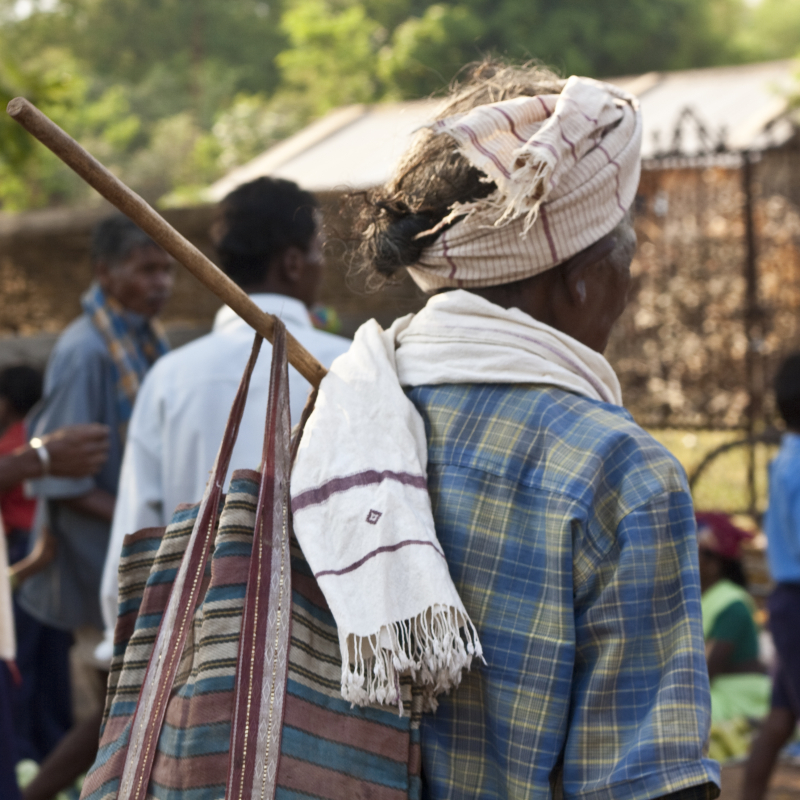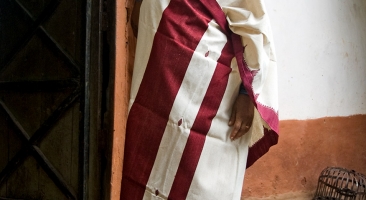Textiles of a region reflect social cycles and life events. Many of the materials, techniques and forms used in ancient times for producing fabrics remain in use even today. In India, tribal or adivasi craft traditions reflect the distintiveness of cultures and regions to which they belong.
Traditional designs of tribal people are symbolic in meaning and details of designs are deeply rooted in their consciousness. Inspired by legends and folklore, rooted in everyday life, motifs and patterns found in their crafts have deep significance. Each community expresses its identity through aesthetics that evolved from specific aspects of their history.
The main weaving communities in Bastar are the Panikas, Chandhars, Devangans and the Mahars. They are distict social groups and their dyeing and weaving reflects variations in skill and aesthetics. They cater, however, to the needs of the region of Bastar as a whole. This modules focuses on the dyeing and weaving practices of the Panika community.
This content has been created as part of a project commissioned by the Directorate of Culture and Archaeology, Government of Chhattisgarh, to document the cultural and natural heritage of the state of Chhattisgarh.






